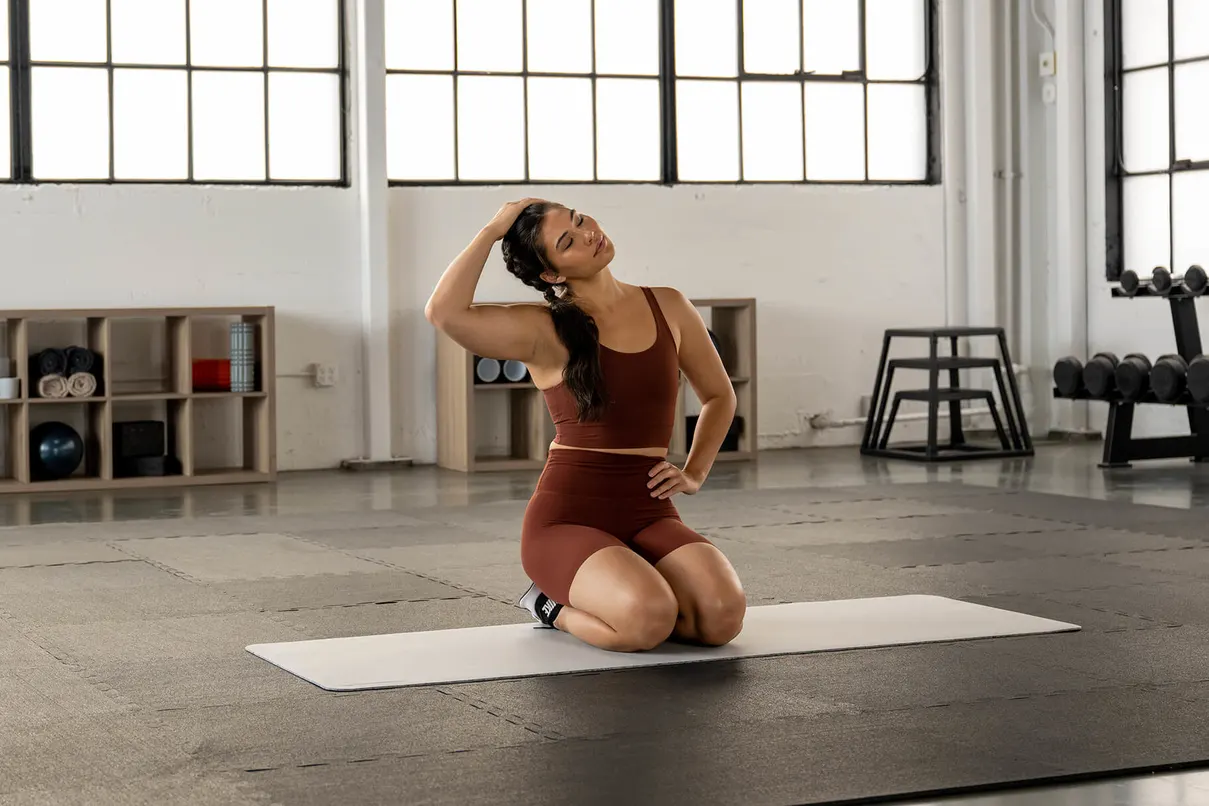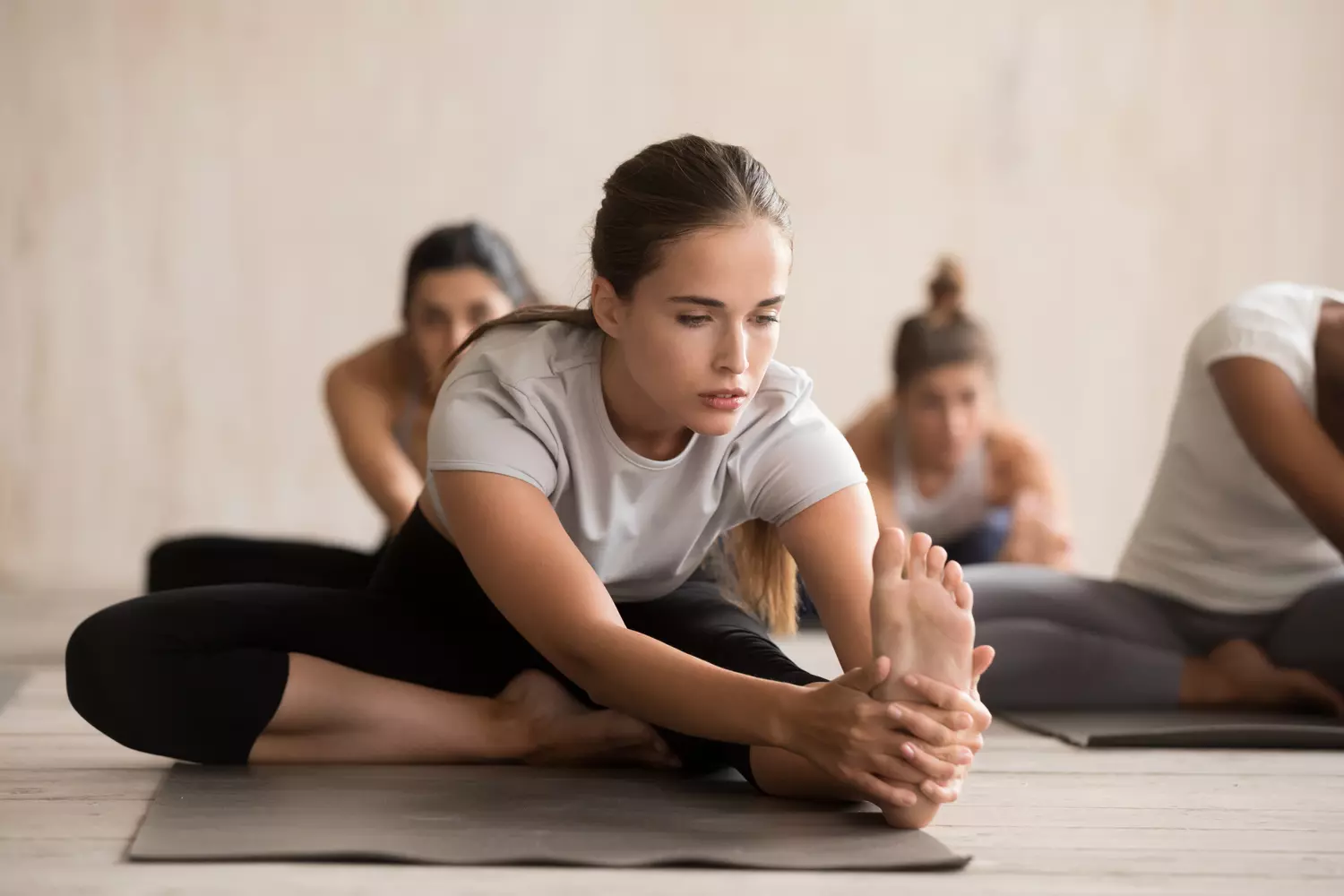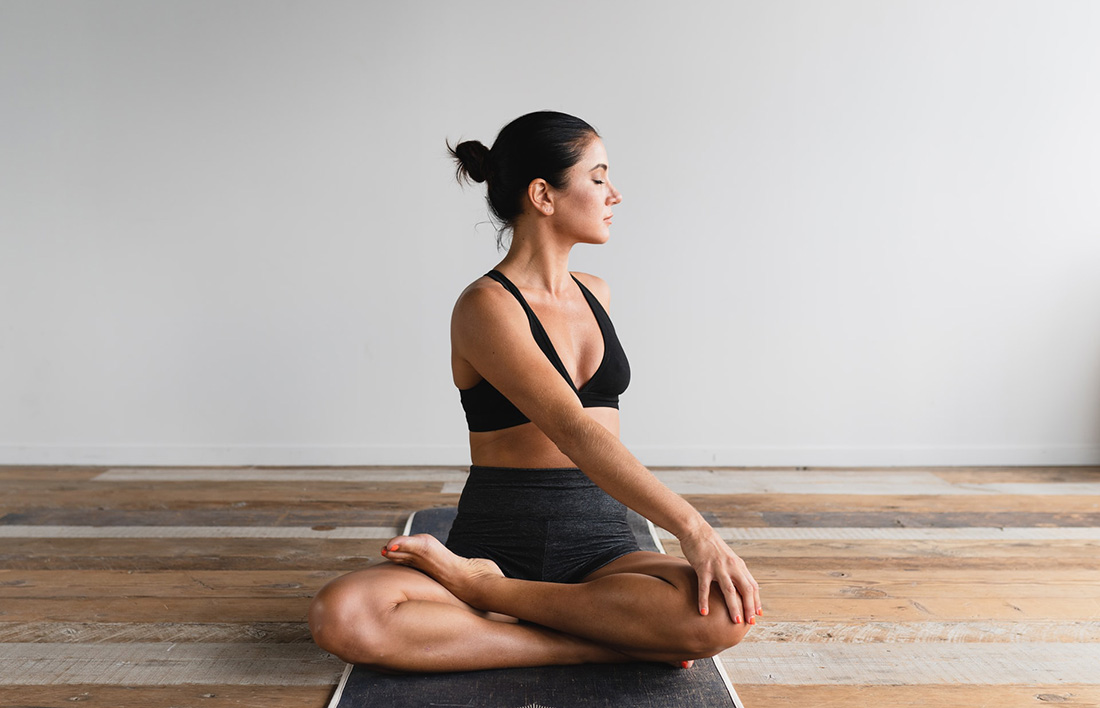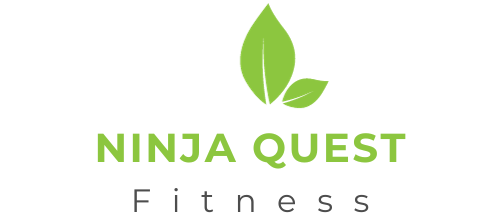Stretching before exercise is a crucial practice that should not be overlooked. It prepares the body for the upcoming physical activity by increasing blood flow, improving flexibility, and reducing the risk of injury. Regular stretching can enhance overall performance, promote better posture, and alleviate muscle soreness. Failing to stretch properly can lead to muscle strains, joint pain, and decreased range of motion, ultimately hindering your workout routine. In this post, we will share the significance of stretching and provide practical tips for adding it to your warm-up routine for a safe and effective exercise experience.

Contents
The Importance Of Stretching Before Exercise
Stretching before exercise is a vital part of any workout routine, offering numerous benefits that enhance both performance and safety. Here’s why stretching is so important:
1. Improves Flexibility:
Stretching before exercise is crucial as it helps enhance the flexibility of your joints and muscles. Improved flexibility promotes a greater range of motion, which can lead to better performance in physical activities. By making stretching a routine practice, you can maintain and even increase the natural flexibility of your body, thus making everyday movements easier and more fluid.
2. Increases Blood Flow to Muscles:
Engaging in pre-exercise stretching significantly boosts blood circulation to the muscle groups being stretched. This increased blood flow provides muscles with oxygen and nutrients while also aiding in the removal of waste products, which can reduce fatigue and improve recovery speed. Enhanced circulation can also lead to better endurance and strength during physical activities.

3. Prepares the Body for the Stress of Exercise:
Stretching acts as a signal to your body that it is about to engage in physical activity. By stretching, you warm up the muscles, making them less prone to injuries like tears or strains. This preparatory action helps in adapting the muscles and joints to the movements they will need to perform, reducing the risk of potential injuries that can occur with unprepared, cold muscles.
4. Reduces Muscle Tension and Enhances Relaxation:
Regular stretching helps to alleviate muscle stiffness and tension, which can otherwise lead to discomfort or pain during exercise. Furthermore, stretching can have a calming effect, as it often focuses on breathing and mindful movements, helping to reduce stress and anxiety. This relaxation effect can enhance the overall quality of your workout by allowing a greater focus on technique and form.
5. Prevents Injury:
One of the most important benefits of stretching is injury prevention. Flexible muscles are less likely to become injured because they can handle more physical stress. By preparing the muscles and joints through stretching, you minimize the chances of injuries such as sprains and muscle strains, which are common in people who skip the stretching part of their workout routine.
6. Promotes Circulation:
The act of stretching helps to improve blood circulation throughout the body, providing various health benefits. Better circulation means that more oxygen reaches the muscles, which can reduce the occurrence of muscle cramps and stiffness. This is particularly important in workouts that demand high cardiovascular or strength engagement, as good circulation helps to keep up with the oxygen demand of high-energy muscles.
Types of Stretches to Perform Before Exercising
Here are some common types of stretches to incorporate into your pre-exercise routine:

1. Dynamic Stretches:
Dynamic stretching involves active movements where joints and muscles go through a full range of motion. These are particularly effective before exercising as they help increase blood flow, warm up the muscles, and improve flexibility. Examples include leg swings, arm swings, and lunges with a twist. These movements mimic the exercise you are about to perform, making them a practical choice for a warm-up.
2. Static Active Stretches:
Static active stretching requires holding a body part in a stretched position for a short period using the strength of the agonist muscle. This type of stretching improves active flexibility and strengthens the muscles. An example is holding one leg out in front of you as high as possible. These are less commonly done before workouts because they can temporarily weaken muscles if held for too long.
3. Ballistic Stretches:
Ballistic stretching involves trying to force a part of the body beyond its range of motion by performing a bouncing or jerking movement. It is generally not recommended as it can lead to muscle strain or injury due to its high impact nature. However, some athletes in specific sports might use it carefully to mimic their sports activities, under professional guidance.
4. Proprioceptive Neuromuscular Facilitation (PNF):
PNF stretching is a more advanced form of flexibility training that involves both the stretching and contracting of the muscle group being targeted. This type of stretching can be beneficial in increasing flexibility and strengthening muscles but is usually performed post-exercise or during dedicated stretching sessions because it requires a partner or special equipment like resistance bands.
5. Myofascial Release:
Though not stretching in the traditional sense, myofascial release involves applying gentle sustained pressure into the connective tissue restrictions to eliminate pain and restore motion. This is often done with the aid of a foam roller or massage ball and can be useful for loosening up muscles before a workout.
Frequently Asked Questions
Why is it important to stretch before exercise?
Stretching before exercise can prevent injuries, reduce soreness, and improve performance. It’s a common practice in clinical settings and community exercises, underscoring its significance in physical activities.
What importance does stretching hold in exercises?
Stretching exercises provide various benefits; they enhance your performance, reduce risk of injuries, improve joint mobility, increase muscle blood flow, and improve overall muscle functionality, thereby enabling effective daily activities.
What are the consequences of not stretching before or after a workout?
Skipping stretching exercises may potentially hinder your performance during strength and power training. While there’s conflicting evidence, the bulk of research indicates that static stretching has a negligible or even negative effect on performance if done improperly.
When is stretching not advisable?
Avoid stretching if you have acute muscle strain, ligament sprain, nerve injury or damage, or any sharp, consistent, or radiating pain. If you experience any of these, it indicates a more serious issue requiring medical attention.
Is it beneficial to stretch before a workout?
Stretching theoretically should prevent muscle tearing by making them more pliable. However, research comparing injury rates or muscle soreness between those who stretch before exercising and those who don’t, showed minimal benefit. Nevertheless, it plays a vital role in improving flexibility and joint mobility.

Hello, I’m Ravindra. Over the years, I’ve immersed myself deeply into the world of fitness and health, transforming both my body and mind. Writing has allowed me to share my journey, insights, and expertise with those just starting out and seasoned fitness enthusiasts alike. Beyond just routines and diets, I believe in inspiring others to adopt a holistic approach to well-being.
